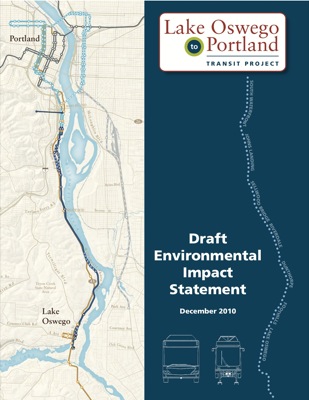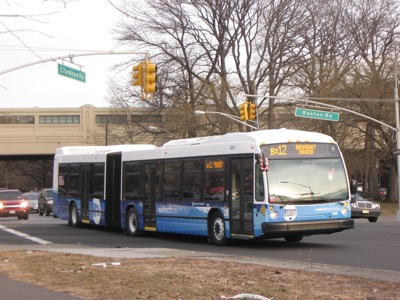Portland’s Metro has published an environmental impact statement (EIS) for a proposed streetcar line to Lake Oswego, the city’s wealthiest suburb. Why anyone thinks people in Lake Oswego would want to ride a streetcar to Portland is beyond the Antiplanner, but Metro’s goal is to spend money, not to transport people.

The Antiplanner turned almost at random to page 6-10 (physical page 398) and found an interesting table: “Cost-Effectiveness by Alternative.” This EIS actually considers a bus alternative, but the table says it is not cost-effective. The cost of carrying one new rider on the bus is $3.82, says the table, while the cost of carrying a new streetcar rider is only $0.98.
But wait just a moment: the table says these numbers represent the “operating cost per new transit person trip.” The traditional measure of cost per new trip, as defined by the Federal Transit Administration, included capital costs amortized at 7 percent over 30 years. When amortized capital costs are added in, the cost per new trip of the bus is $7.93, while the cost of the streetcar is $19.01.








